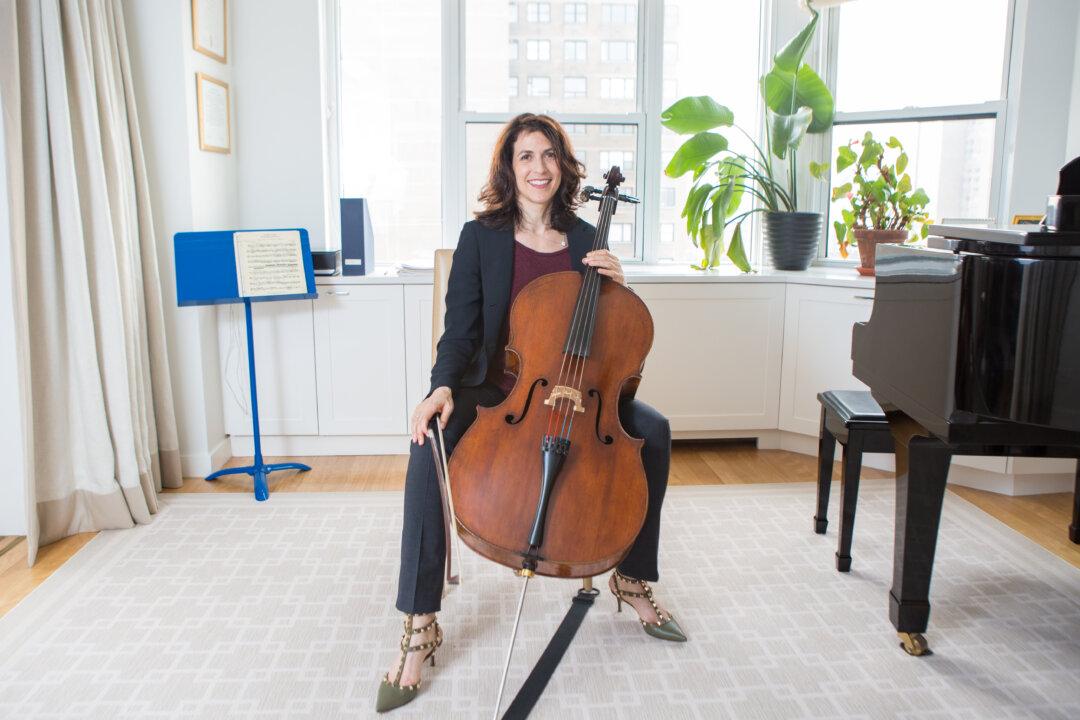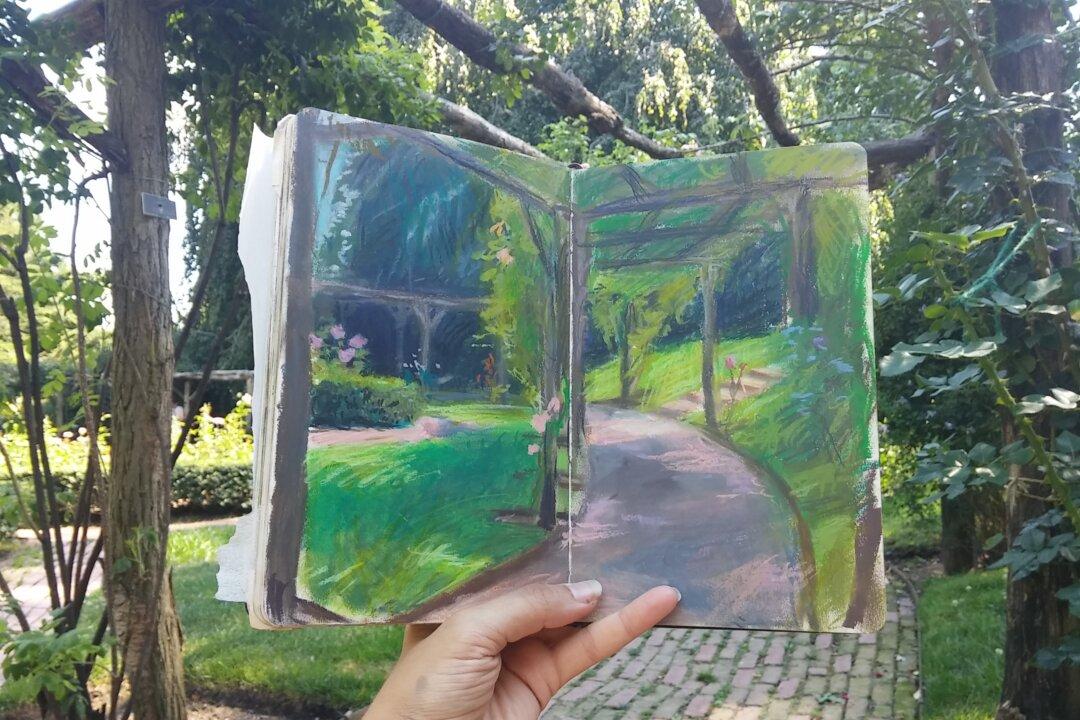NEW YORK—It was on her mind for at least 20 years. Inbal Segev had been preparing, practicing, gearing herself up to consummate her musical career by climbing what she called “the Mount Everest for cellists.” Recording J. S. Bach’s complete cello suites constitutes the pinnacle of her internal journey as an artist so far.
The Bach cello suites are so challenging because, as Segev said, they are so simple and yet complex, so structured and yet so free. It is something that any great cellist is expected to accomplish.
Segev trained in a 19th and 20th century-centric style. Despite her precise technique, like a thoroughbred racing horse, she had to abort her first try at recording the suites when the sound engineer gave her some truthful feedback—he sensed she was conflicted inside.
Talking about it now, after finally reaching the summit of her Mount Everest, she reflected on her life and musical career from the comfort of her spacious Upper East Side apartment. Slightly laughing at herself, she said she still tears up a bit when she remembers her first attempt.
“There was so much pressure in succeeding,” she said, yet after years of painstaking research, preparation and practice, she still wasn’t ready.
“I was trying to come back 300 years in one month,” she said in a new documentary video that traces her two-year process of recording the six Bach suites—36 pieces of over two hours of music.
Before making her second and ultimately successful climb, she switched gears for about four months to stop overthinking. She performed in several concerts and had publicity photographs taken.
She realized she had been imposing ideas on herself, instead of interpreting the music based on her own decisions. She had to be truer to herself, to hone her own voice. “I really had to make decisions that I’m happy with, well educated decisions,” she said.
“Bach was one of the most intelligent composers. He’s always going to be smarter than the performer, so you have to rise up to his intellectual level and try to figure out what he wanted,” Segev said in the documentary.
The Bach suites are the pure expression of what that instrument can do, one of Segev’s producers, Todd Landor said in the documentary. And because they are so pure, it also gives ample opportunity for the solo performer to project his or her style and character.
Less Is More Style
The time musicians live in invariably shapes the music they play. Being true to Bach did not mean imitating performers of times past, but instead bringing his music to life in the 21st century by interpreting it in her own way.
Segev described herself as “a lyrical understated kind of performer.” She shies away from any mannerisms, while still creating a beautiful and expressive tone.
Similar to her welcoming spacious apartment—unobtrusive, unpretentious, with an elegant simplicity and carefully curated furniture, art, and objects—she takes on a less is more approach to her interpretations.
“Sometimes the most moving things are when you are not throwing yourself all out there,” she said. “But it depends on the piece, with Dvorak I like to be more out there,” she added.
She released her album, “Inbal Segev: Bach Cello Suites“ this fall. Her contagious laughter throughout the interview seemed to counterbalance her self-admitted perfectionism and a tendency to be too hard on herself. Then she said, ”But I’m better now. … I put the CD on and I actually enjoy it."







